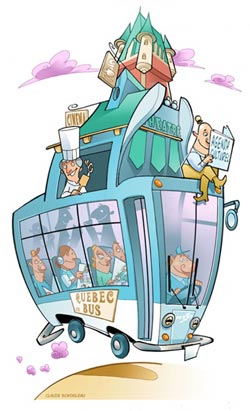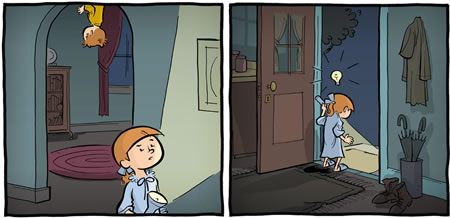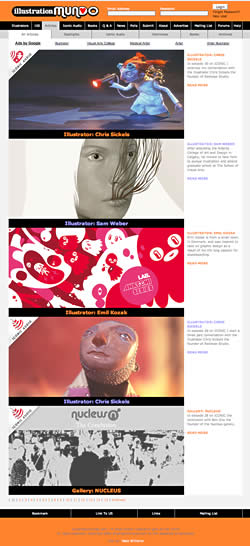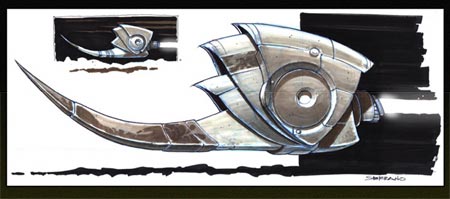
OK, so you’re in an art museum shop, nosing through the Impressionist calendars and Cezanne-on-a-cup bric-a-brac, and you notice what appears to be… a cigarette vending machine.
Huh?
“What is this?”, you think, “a MOMA-style exhibition of industrial design?” Hmmm…, you walk closer and it becomes obvious that the machine is not vending death-sticks from the American food-tobacco-drug-&-chemical cartel; it is, in fact, vending art!
You look at the machine again. Art-o-mat, it declares in some variation of 60’s modern display script or cartoon-like banner. It’s an art vending machine! Who’d-a-thunk-it?
Art-o-mat is a project that started in 1997 with a solo art exhibit by artist Clark Whittington at a local cafe in Winston-Salem, North Carolina (ah, the poetic irony of it all). Along with 12 of his paintings, Whittington installed a cigarette machine, the actual use of which had been recently banned, in which he dispensed his black and white photographs for $1.00.
At the point that the show was to close, Cynthia Giles, the owner of the cafe, asked Whittington if the machine could remain, as it had be come a hit. She introduced Whitting to other local artists and they formed Artists in Cellophane, which went on to establish the Art-o-mat project.
The Art-o-mat vending machines dispense small original art objects that are the approximate size and shape of cigarette packages, or can be packed in a box with those dimensions. The guidleines for artists interested in participating gives the details. The wonderfully refurbished and redecorated machines are often works in themselves.
The Art-o-mat project now has over 400 participating artists vending art from 82 active Art-o-mat machines in the US (and now internationally), usually in museum stores and shops in areas where an art-oriented clientele can be found, like whole foods markets and cafes. You can find the nearest Art-o-mat to you on this list. The original machine in Winston-Salem is still there.
Art-o-mat art objects allow you to collect original art for $5.00 a pop, not much more than an actual pack of the legally addicting little cancer-tubes, and art is not only much better for you than cigarettes, it doesn’t make your clothes smell like a smoldering garbage heap (well, at least most art).
 Claude Bordeleau is a Canadian illustrator, designer and cartoonist who has done work for Warner Brothers and Cartoon Networks as well as a number of other editorial and advertising clients.
Claude Bordeleau is a Canadian illustrator, designer and cartoonist who has done work for Warner Brothers and Cartoon Networks as well as a number of other editorial and advertising clients.
 Illustration Mundo is a portal/blog (for lack of better terms) devoted to illustration. It was created by Illustrator
Illustration Mundo is a portal/blog (for lack of better terms) devoted to illustration. It was created by Illustrator 

 John White Alexander was an American illustrator and painter in the Victorian era. He studied in Munich and for a while joined a colony of painters Frank Duveneck had established in Bavaria. On the advice of James McNeill Whistler, he continued his studies in Florence, Amsterdam and Paris before returning to the U.S. in 1881.
John White Alexander was an American illustrator and painter in the Victorian era. He studied in Munich and for a while joined a colony of painters Frank Duveneck had established in Bavaria. On the advice of James McNeill Whistler, he continued his studies in Florence, Amsterdam and Paris before returning to the U.S. in 1881.